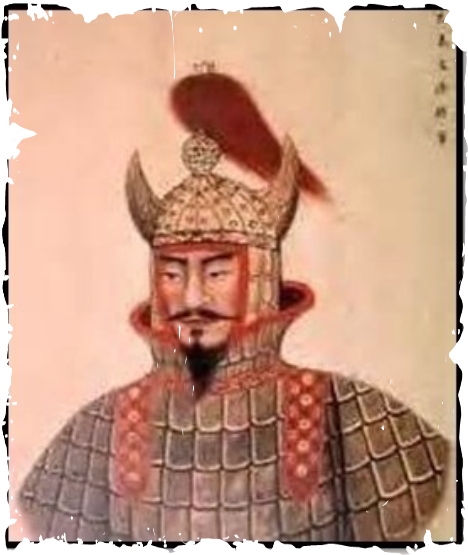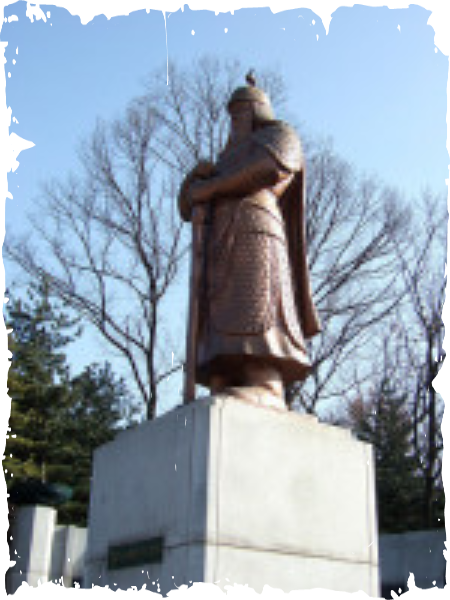Pattern History - Choong-Jang Tul
Choong-Jang is one of the 2nd degree black belt forms used in our ITF (Chang-Hun) style of Taekwon-Do. Choong Jang is said to be the pseudonym given to General Kim Duk Ryang who lived during the Yi Dynasty (14th Century). This pattern ends with a left-hand attack, intending to symbolize the tragedy of his death at age 27 in prison.
Kim Duk Ryang (possibly also Chung Ki Ryong or Kim Duk Nyung) was born in 1567; he was a commander in the army during the Yi Dynasty. In 1592 when Toyotomi Hideyoshi began the Japanese invasion of Korea known as the Imjin Wars, Kim Duk Ryang was promoted to General. The invading Japanese were armed with around 300,000 imported muskets and faced Korean forces mostly armed with swords, bows, arrows and spears in guerrilla groups. On land the Korean forces struggled, while at sea the naval forces of Admiral Yi Sun-Sin were victorious.
In 1594 Kim Duk Ryang was promoted to Commander in Chief of the Honam Province, under his great leadership and with a fellow commander Ja Wu Kwak the army was able to repel the Japanese forces from the province. The Japanese greatly feared Kim Duk Ryang and gave him the name General Ho-Ik meaning Tiger Wing. The bitter rivalries at court also had their impact on Kim Duk Ryang, when he was arrested in 1595 in connection with the killing of a slave girl.
His success on the battlefield may have led to the King’s intervention and his release by royal decree. He was finally killed in 1596, by poisoning; after allegations that he took part in the Mong Hak Lee (Yi) rebellion, he was posthumously cleared of all charges and dishonor.
Kim Duk Ryang (possibly also Chung Ki Ryong or Kim Duk Nyung) was born in 1567; he was a commander in the army during the Yi Dynasty. In 1592 when Toyotomi Hideyoshi began the Japanese invasion of Korea known as the Imjin Wars, Kim Duk Ryang was promoted to General. The invading Japanese were armed with around 300,000 imported muskets and faced Korean forces mostly armed with swords, bows, arrows and spears in guerrilla groups. On land the Korean forces struggled, while at sea the naval forces of Admiral Yi Sun-Sin were victorious.
In 1594 Kim Duk Ryang was promoted to Commander in Chief of the Honam Province, under his great leadership and with a fellow commander Ja Wu Kwak the army was able to repel the Japanese forces from the province. The Japanese greatly feared Kim Duk Ryang and gave him the name General Ho-Ik meaning Tiger Wing. The bitter rivalries at court also had their impact on Kim Duk Ryang, when he was arrested in 1595 in connection with the killing of a slave girl.
His success on the battlefield may have led to the King’s intervention and his release by royal decree. He was finally killed in 1596, by poisoning; after allegations that he took part in the Mong Hak Lee (Yi) rebellion, he was posthumously cleared of all charges and dishonor.




